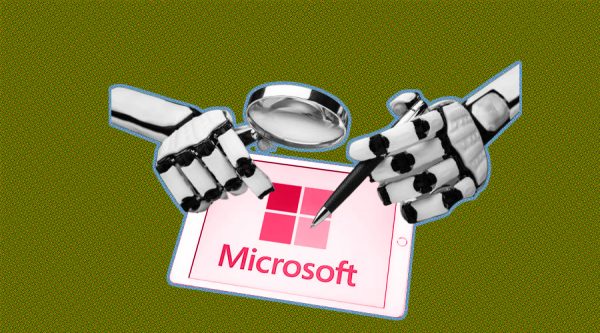Microsoft has recently rolled out a solution for the causality problem made by ML
Machine learning is great at extracting patterns out of large amounts of data but not necessarily good at understanding those patterns, especially in terms of what causes them. There are machine learning systems that deal with causality, but so far this has mostly been restricted to research that focuses on small-scale problems rather than practical, real-world systems because it’s been hard to do. On the other hand, deep learning, which is widely used for machine learning, needs a lot of training data, but humans can gather information and draw conclusions much more efficiently by asking questions, like a doctor asking about your symptoms, a teacher giving students a quiz, a financial advisor understanding whether a low risk or high risk investment is best for you, or a salesperson getting you to talk about what you need from a new car. A generic medical AI system would probably take you through an exhaustive list of questions to make sure it didn’t miss anything, but if you go to the emergency room with a broken bone, it’s more useful for the doctor to ask how you broke the bone and whether you can move your fingers rather than asking about your blood type. If we can teach an AI system how to decide what’s the best question to ask next, it can use that to gather just enough information to suggest the best decision to make. For AI tools to help us make better decisions, they need to handle both those kinds of decisions, Cheng Zhang, a principal researcher at Microsoft, explained.
For data scientists and machine learning experts, the service will eventually be available either through Azure Marketplace or as an option in Azure Machine Learning or possibly as one of the packaged Cognitive Services in the same way Microsoft offers services like image recognition and translation. The name might also change to something more descriptive, like decision optimization. Microsoft is already looking at using it for its own sales and marketing, starting with the many different partner programs it offers.
Machine learning frequently ignores information that animals rely on heavily: interventions in the world, domain shifts, temporal structure – on the whole, let us consider these elements a nuisance and strive to design them away. Accordingly, the bulk of traditional machine learning accomplishments may become down to large-scale pattern recognition on adequately gathered I.I.D. (Independent and Identically Distributed) data. The open-source ShowWhy tool that Microsoft built to make causal reasoning easier to use doesn’t yet use these new models, but it has a no-code interface, and the researchers are working with that team to build prototypes. Humans are good at thinking causally, but building the graph that shows how things are connected and what’s a cause and what’s an effect is hard. These decision optimization models build that graph for you, which fits the way people think and lets you ask what-if questions and experiment with what happens if you change different values.
Source: analyticsinsight.net








